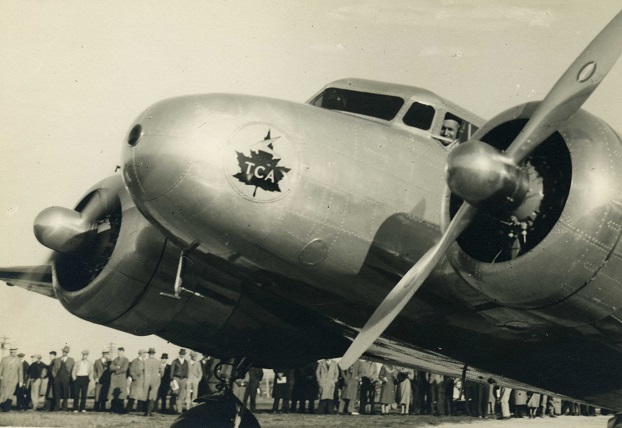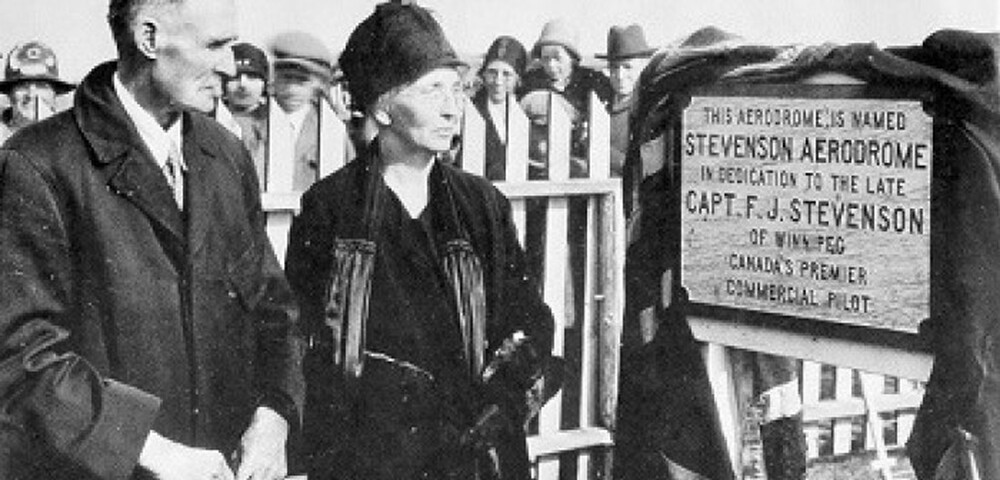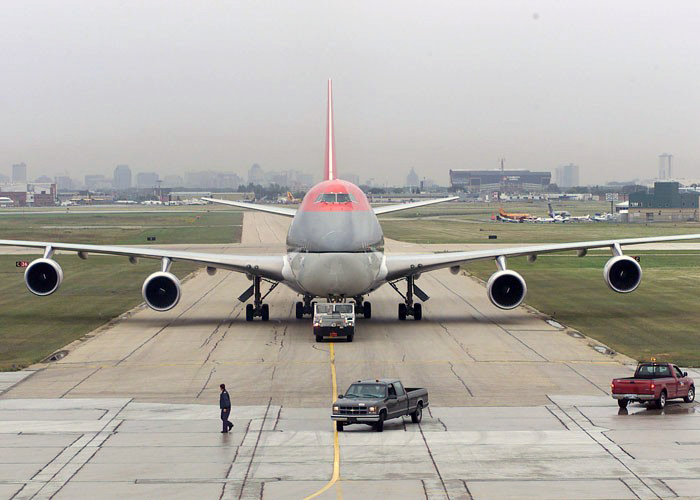Sprawled across 1,500 hectares, Winnipeg Richardson International Airport is a bustling transportation and cargo hub connecting the community to the world. However, long before it became a major, 24/7 economic engine, the airport was a simple slab of flat prairie land.
The airport was born 92 years ago this week, on May 27, 1928, out of a 165-acre field in what was then the Rural Municipality of St. James. Named Stevenson Field after Manitoba aviation pioneer Captain Fred Stevenson, the site of the airfield was chosen as it was 'high and dry and free of smoke and fog'. The requirements for its location were as basic as the initial infrastructure. Stevenson Field consisted of a lean-to cabin, a small hangar capable of only storing planes with folding wings along with sod and clay runways. The quaint quarters of the airfield though didn't keep it grounded.
Within three years of opening, Stevenson Field became the first international airport in Canada after Northwest Airways launched a route between Winnipeg and Pembina, North Dakota. Then in 1936, the federal government announced Winnipeg would be home to the newly created Trans-Canada Air Lines - the predecessor to Air Canada.
The airfield played a crucial role in strengthening the country's military strategy when Canada followed Britain into WWII. Stevenson Field became the flight training headquarters for the British Commonwealth Air Training Program, producing more than 130,000 pilots and aircrew members. The program made such an impact, it led to American President Franklin Roosevelt calling Canada the "aerodrome of democracy". Its success also helped spark a lifelong relationship between the airport and Canada's air force.

By the 1950s, Stevenson Field grew to become Canada's fourth largest airport. It also handled more military traffic than any other civil airfield in the country as it was home to the RCAF No 2 Navigation School and the largest NATO air training school in Canada. To better reflect the community it served, Stevenson Field was renamed Winnipeg International Airport in 1958.
As the demand for air travel grew, so did the airport. Airfield lights were added, weather forecasting and radio technology were installed and buildings popped up. Among the new facilities was a modern terminal which opened in 1952 but the building couldn't keep up with the ever-increasing number of passengers. It was eventually replaced twelve years later with an $18-million facility situated on the east side of the airport campus. During the 1980s, the terminal was renovated to better serve travellers as part of a $100-million upgrade to the entire airport.
Overseeing this period of steady growth was Transport Canada, the airport's owner and operator since WWII. With a new millennium on the horizon though, Winnipeg International Airport was set to takeoff on a new direction. In 1997, control of YWG was transferred from the federal government to the Winnipeg Airports Authority - allowing decisions to be approved locally to help the airport to soar to new heights.




